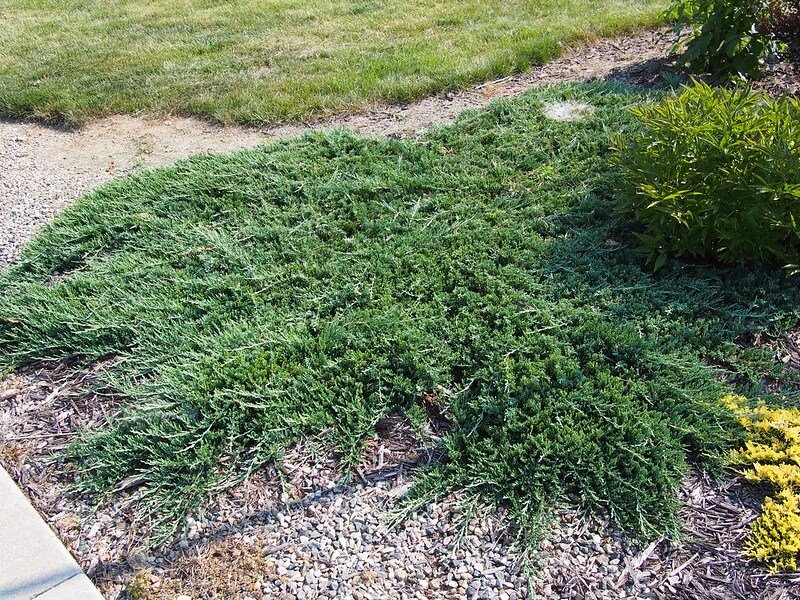Hairy Golden Aster (Chrysopsis villosa)
Hairy Golden Aster attracts many different kinds of pollinators. It is the potential host plant to 13 species of butterflies and moths in our area (nwf.org). It starts blooming during what is known as the shoulder season for bloom times in Michigan, that time when the spring blooms are fading, but the summer blooms have not quite opened, thus making it a very good food source for our native bees. Native and widespread to the west, it was collected in 1902 and has been sparingly collected in dry sandy areas in northern Michigan since then (Michiganflora.net). I have included this not-quite-native plant because it really likes dry soil and full sun, which we may see more of in the future. This plant is also known as Heterotheca villosa.
Hairy Golden Aster attracts many different kinds of pollinators. It is the potential host plant to 13 species of butterflies and moths in our area (nwf.org). It starts blooming during what is known as the shoulder season for bloom times in Michigan, that time when the spring blooms are fading, but the summer blooms have not quite opened, thus making it a very good food source for our native bees. Native and widespread to the west, it was collected in 1902 and has been sparingly collected in dry sandy areas in northern Michigan since then (Michiganflora.net). I have included this not-quite-native plant because it really likes dry soil and full sun, which we may see more of in the future. This plant is also known as Heterotheca villosa.
Hairy Golden Aster attracts many different kinds of pollinators. It is the potential host plant to 13 species of butterflies and moths in our area (nwf.org). It starts blooming during what is known as the shoulder season for bloom times in Michigan, that time when the spring blooms are fading, but the summer blooms have not quite opened, thus making it a very good food source for our native bees. Native and widespread to the west, it was collected in 1902 and has been sparingly collected in dry sandy areas in northern Michigan since then (Michiganflora.net). I have included this not-quite-native plant because it really likes dry soil and full sun, which we may see more of in the future. This plant is also known as Heterotheca villosa.
Life Cycle: Perennial
Sun Exposure: Full
Soil Moisture: Medium-dry, Dry
Height: 2-3 feet
Plant Spacing: 1-2 feet
Bloom Time: June-September
Bloom Color: Yellow
Advantages: Pollinator Favorite
Host Plant: Potentially 13 species of butterflies and moths use this as a caterpillar host plant in our area (nwf.org)






